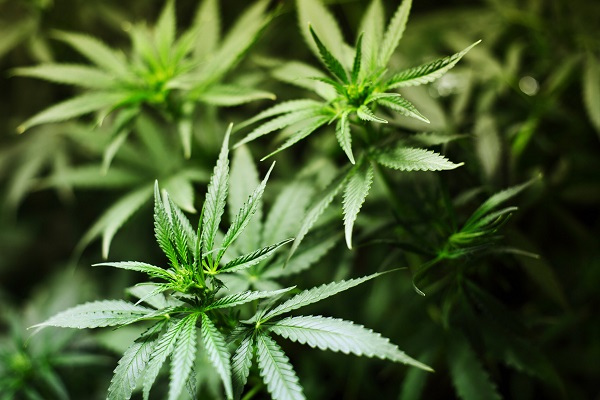Chronic pain affects millions of people worldwide, leading to a reduced quality of life and decreased productivity. While traditional pain management strategies such as opioids and nonsteroidal anti-inflammatory drugs (NSAIDs) have been used to treat pain, they come with risks of addiction, dependence, and adverse side effects. As a result, researchers have been exploring alternative treatment options, and one of the most promising is the use of tetrahydrocannabinol (THC). THC is a psychoactive compound found in marijuana that has shown to be effective in reducing pain and inflammation, making it a potential alternative to traditional pain medications. In this article, we will explore the science behind THC for pain management, its benefits and risks, and the current state of research in this field.
Do doctors recommend cannabis for pain?
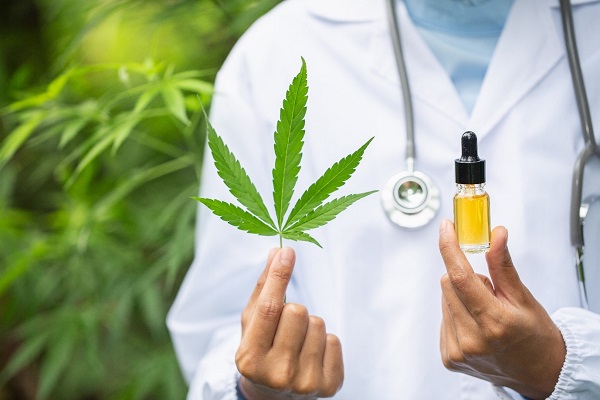
The recommendation of cannabis for pain management varies depending on the jurisdiction and the doctor. In some places, doctors may be legally authorized to recommend cannabis as a treatment option for certain types of chronic pain. However, in other places, cannabis remains illegal, and doctors may be prohibited from recommending it as a treatment option.
In jurisdictions where cannabis is legal for medical purposes, some doctors may recommend it for pain management as an alternative to traditional pain medications. However, it’s important to note that not all doctors are comfortable with recommending cannabis and may prefer to stick with more conventional treatments.
It’s also worth noting that the effectiveness of cannabis for pain management varies depending on the individual and the type of pain being experienced. While some people may experience relief from cannabis, others may not find it helpful or may experience unwanted side effects.
Can I take CBD for pain?
CBD (cannabidiol) has been a popular topic of discussion in recent years as a potential treatment for various health conditions, including pain management. While CBD is derived from the cannabis plant, it doesn’t produce the psychoactive effects that THC does, making it a non-intoxicating option for those seeking pain relief.
The mechanism of action by which CBD produces pain relief is not yet fully understood. However, some studies suggest that CBD may interact with the body’s endocannabinoid system (ECS), which plays a role in regulating pain, mood, and other physiological functions. CBD may also have anti-inflammatory and analgesic (pain-relieving) properties that could contribute to its pain management benefits.
Some studies have shown that CBD may be effective in treating certain types of pain, including neuropathic pain, inflammatory pain, and chronic pain. For example, a study published in the European Journal of Pain found that topical CBD reduced pain and inflammation in rats with arthritis, while a study published in the Journal of Experimental Medicine found that CBD reduced neuropathic pain and improved nerve function in mice with multiple sclerosis.
While these studies are promising, it’s important to note that more research is needed to understand the full potential of CBD as a pain management treatment. Additionally, CBD is not yet regulated as a medication, and its safety and efficacy have not been fully evaluated in large-scale clinical trials.
If you are considering using CBD for pain management, it’s important to talk to your doctor first. They can help you determine if CBD is a suitable treatment option for your specific type of pain and guide you on dosing and potential side effects. It’s also important to choose a reputable brand and source of CBD products, as quality and potency can vary widely.
How much cannabis do I need to take to relieve pain?
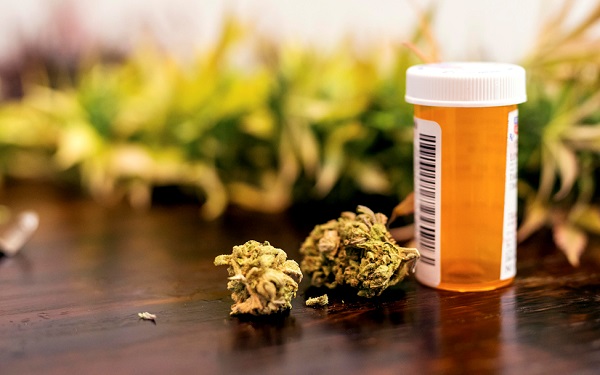
When it comes to using cannabis for pain relief, the amount of cannabis needed can vary widely depending on a number of factors, including the type and severity of pain, the individual’s tolerance, and the method of consumption.
Inhalation is a popular method of cannabis consumption for pain relief, as the onset of pain relief can be nearly immediate. When inhaling cannabis, the effects typically only last for a few hours. The amount of cannabis needed to achieve pain relief when inhaling can vary based on the individual’s tolerance and the potency of the cannabis being used. However, it’s important to start with a low dose and gradually increase as needed. This can help reduce the risk of unwanted side effects, such as dizziness or anxiety.
When it comes to oral consumption of cannabis, the onset of pain relief can take longer, typically up to 2 hours or more. However, the effects of oral consumption can last for several hours, making it a more convenient option for individuals who require longer-lasting pain relief. Edibles and oils can be consumed orally, and the dosing can vary widely depending on the potency of the product. If using oral consumption as a method of consumption, it’s important to start with a low dose and wait at least 2 hours before consuming more.
Many experts recommend starting with a dose of 2.5 to 5 milligrams of THC and waiting at least 2 hours before consuming more. If the initial dose is well-tolerated but doesn’t provide sufficient pain relief, the dose can be gradually increased over time.
It’s important to note that the amount of cannabis needed for pain relief can vary widely between individuals, and finding the right dosage may require some trial and error. It’s also important to note that cannabis use can have both short-term and long-term side effects, and its use for pain management should be discussed with a doctor.
How often should topical cannabis products be applied?
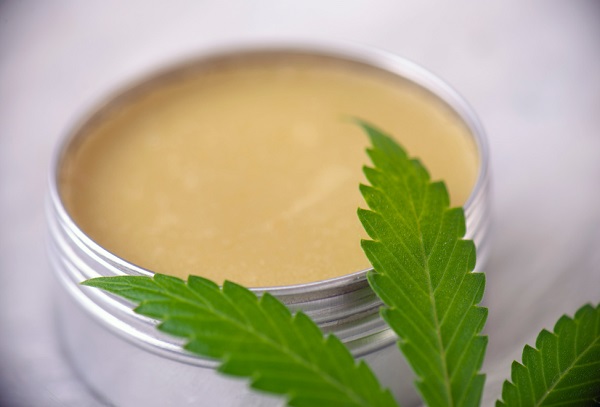
The frequency with which topical cannabis products should be applied can vary depending on the individual’s needs and the specific product being used. Generally, topical cannabis products can be applied as often as needed, but it’s important to follow the manufacturer’s instructions and consult with a healthcare provider if necessary.
Topical cannabis products, such as creams, lotions, and balms, are designed to be applied directly to the skin and can provide localized pain relief without the psychoactive effects of inhaled or ingested cannabis products. When applied topically, the cannabinoids in the product interact with the cannabinoid receptors in the skin, muscles, and joints to provide pain relief and reduce inflammation.
The frequency of application can depend on the severity of the pain or inflammation being experienced, as well as the potency of the product being used. Some products may recommend application multiple times per day, while others may only need to be applied once or twice daily. It’s important to follow the manufacturer’s instructions and pay attention to any warning labels or precautions.
It’s also important to note that topical cannabis products should not be used on open wounds or broken skin, as this can increase the risk of infection. If applying to a specific area of the body, it’s important to wash the area with soap and water beforehand to ensure the skin is clean and dry.
As with any form of cannabis use, it’s important to discuss the use of topical cannabis products with a healthcare provider, especially if you have any underlying health conditions or are taking other medications.
What time of day should I use cannabis?
The time of day to use cannabis can vary depending on the individual’s needs and preferences. Some people may prefer to use cannabis during the day to help manage symptoms and improve productivity, while others may prefer to use it at night to help them relax and improve sleep.
If using cannabis for pain management, it’s important to consider the timing of pain and when the effects of the cannabis will be most beneficial. For example, if the pain is worse in the morning, using cannabis in the morning may be most effective. On the other hand, if the pain is worse at night, using cannabis in the evening or before bedtime may be more beneficial.
If using cannabis for its psychoactive effects, such as to improve mood or reduce anxiety, it’s important to consider how the effects of the cannabis may impact daily activities. For example, if using cannabis during the day, it may be more appropriate to use a strain or product with lower THC content to avoid impairing cognitive function or motor skills.
Ultimately, the best time of day to use cannabis will depend on the individual’s needs and preferences, as well as the specific product being used.
How will cannabis use affect my sleep?
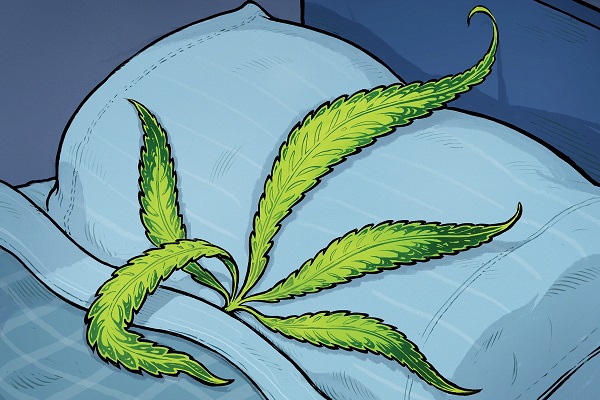
Cannabis use can have both positive and negative effects on sleep, depending on a variety of factors such as the dosage, the frequency of use, the method of consumption, and the individual’s tolerance and sensitivity.
At lower doses, some individuals report that cannabis use can help them fall asleep faster and improve the quality of their sleep, particularly if they are experiencing pain or anxiety. In some cases, cannabis may be useful in treating sleep disorders, such as insomnia or sleep apnea. However, at higher doses, cannabis use can lead to difficulty falling asleep, disrupted sleep, and increased feelings of grogginess and fatigue upon waking.
The type of cannabis used can also impact its effects on sleep. Cannabis strains high in THC, the psychoactive compound in cannabis, may be more likely to cause sleep disturbances at higher doses, while strains high in CBD, a non-psychoactive compound, may be more effective in promoting relaxation and sleep.
The method of consumption can also impact its effects on sleep. Inhalation or smoking of cannabis can have a more immediate effect on sleep, while edibles or oral consumption may take longer to take effect and have longer-lasting effects.
It’s also important to note that cannabis use can have both short-term and long-term effects on sleep, and its effects can vary widely between individuals.
While cannabis use may have some potential benefits for sleep, it’s important to use it responsibly and in consultation with a healthcare provider to determine the best approach for your individual needs.
What kind of cannabis or CBD should I buy for pain relief?
When it comes to choosing cannabis or CBD products for pain relief, there are a few things to consider. Here are some tips on what to look for:
- THC vs CBD: THC is the psychoactive compound in marijuana that produces a “high”, while CBD is a non-psychoactive compound that is known for its therapeutic properties. If you’re looking for pain relief without the psychoactive effects of THC, you may want to choose a CBD-dominant strain or product.
- Method of consumption: There are many ways to consume cannabis and CBD products, including smoking, vaping, edibles, tinctures, and topicals. The method of consumption can affect how quickly and how long the effects of the product last. For example, smoking or vaping can provide more immediate pain relief, while edibles and topicals may provide longer-lasting effects.
- Quality and potency: It’s important to choose high-quality products from reputable sources to ensure that you’re getting the potency and purity that you need. Look for products that have been tested by a third-party lab and have a certificate of analysis (COA) available.
- Dosage: The appropriate dosage of cannabis or CBD for pain relief can vary depending on the individual’s tolerance, the method of consumption, and other factors. It’s important to start with a low dose and gradually increase until you achieve the desired effects.
Consult with a healthcare provider: It’s always a good idea to consult with a healthcare provider before using cannabis or CBD for pain relief, particularly if you have any underlying health conditions or are taking other medications.
Ultimately, the best type of cannabis or CBD for pain relief will depend on your individual needs and preferences. It may take some trial and error to find the product and dosage that works best for you.
What strains of marijuana are best for pain relief?
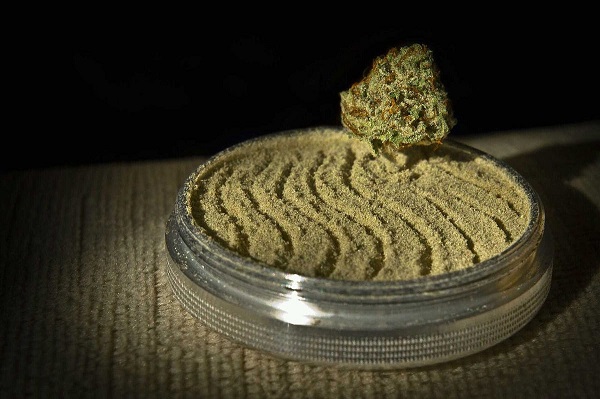
Here are some of the strains that are commonly reported to be effective for pain relief:
- ACDC: ACDC is a hybrid strain with high CBD content and low THC content, making it a good choice for those who want pain relief without the psychoactive effects of THC. It’s known for its ability to reduce pain and inflammation, making it particularly useful for conditions like arthritis and neuropathic pain.
- Harlequin: Harlequin is another hybrid strain with high CBD content, making it a good choice for those who want pain relief without the psychoactive effects of THC. It’s known for its ability to reduce anxiety and promote relaxation, as well as its analgesic properties, making it a popular choice for those with chronic pain conditions.
- Blue Dream: Blue Dream is a popular hybrid strain with balanced effects, making it a good choice for those who want pain relief without feeling overly sedated or “high”. It’s known for its ability to provide pain relief while also promoting feelings of happiness and euphoria, making it a good choice for those who want to manage their pain while still being able to function normally.
- Northern Lights: Northern Lights is an indica strain that is known for its potent sedative effects, making it a good choice for those who want to manage pain while also promoting relaxation and sleep. It’s particularly useful for treating chronic pain conditions and insomnia.
- Granddaddy Purple: Granddaddy Purple is another indica strain that is known for its sedative effects, making it a good choice for those who want to manage pain and muscle spasms while also promoting relaxation. It’s also been reported to have mood-elevating effects, making it a good choice for those who want to manage pain while also improving their mood.
It’s important to note that the effects of strains can vary depending on the individual’s tolerance, the method of consumption, and other factors. It’s also important to consult with a healthcare provider before using marijuana for pain relief, particularly if you have any underlying health conditions or are taking other medications.
What are the risks of using cannabis for pain?
While cannabis can be effective for pain relief, there are also some risks and potential side effects that should be considered. Here are some of the risks associated with using cannabis for pain:
- Addiction: Like any substance, cannabis can be addictive for some individuals, particularly those who use it frequently or in large amounts. It’s important to monitor your cannabis use and seek help if you feel that you’re becoming dependent on it.
- Impaired driving: Cannabis use can impair your ability to drive or operate machinery, so it’s important to avoid driving or operating heavy machinery while under the influence of cannabis.
- Psychiatric effects: Cannabis use can also have psychiatric effects, particularly in individuals who are susceptible to anxiety, depression, or psychosis. It’s important to monitor your mental health when using cannabis and seek help if you experience any negative effects.
- Respiratory issues: Smoking cannabis can also lead to respiratory issues, particularly if it’s smoked frequently or in large amounts. This can increase the risk of lung cancer, chronic bronchitis, and other respiratory conditions.
- Interaction with other medications: Cannabis can interact with other medications, particularly those that affect the central nervous system. It’s important to talk to your healthcare provider before using cannabis for pain relief, particularly if you’re taking other medications.
Summary
Cannabis can be an effective option for pain relief, but it’s important to understand the risks and potential side effects associated with its use. Cannabis can be addictive, impair driving and machinery operation, have psychiatric effects, cause respiratory issues, and interact with other medications. It’s also important to consider the method of consumption, quality and potency of the product, and to consult with a healthcare provider before using cannabis for pain relief.

